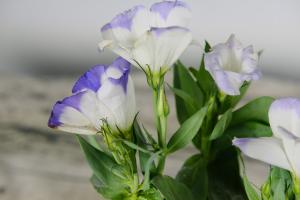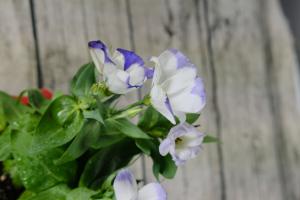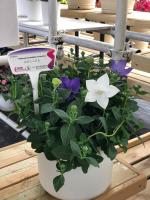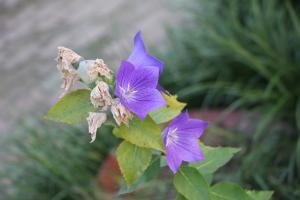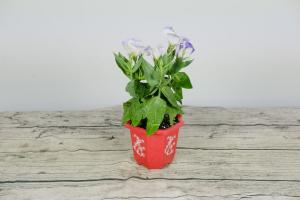Platycodon grandiflorum cutting: material selection
To select the part with strong meristematic ability of Platycodon grandiflorum, it is better to select the part with stronger meristematic ability under the second pair of leaves after jointing, so the selection is very important for cuttings
The stems under the first pair of leaves under the heart leaf are relatively delicate and have high requirements for nutrients, so the survival rate is slightly lower
It is best to select cuttings with only one pair of leaves, and the survival rate will also increase
Platycodon grandiflorum cutting: cutting treatment
The cuttings are obliquely cut into small segments containing a pair of leaves. The purpose of obliquely cutting is to increase the meristem area of stubble
Then cut off half of each leaf, because at the beginning of cutting, the cuttings have no roots, and the required nutrients are originally stored. Cutting off half of the leaves can reduce the consumption of nutrients and be more conducive to rooting
But you can't cut off all the leaves, so the cuttings can't carry out photosynthesis and produce nutrients
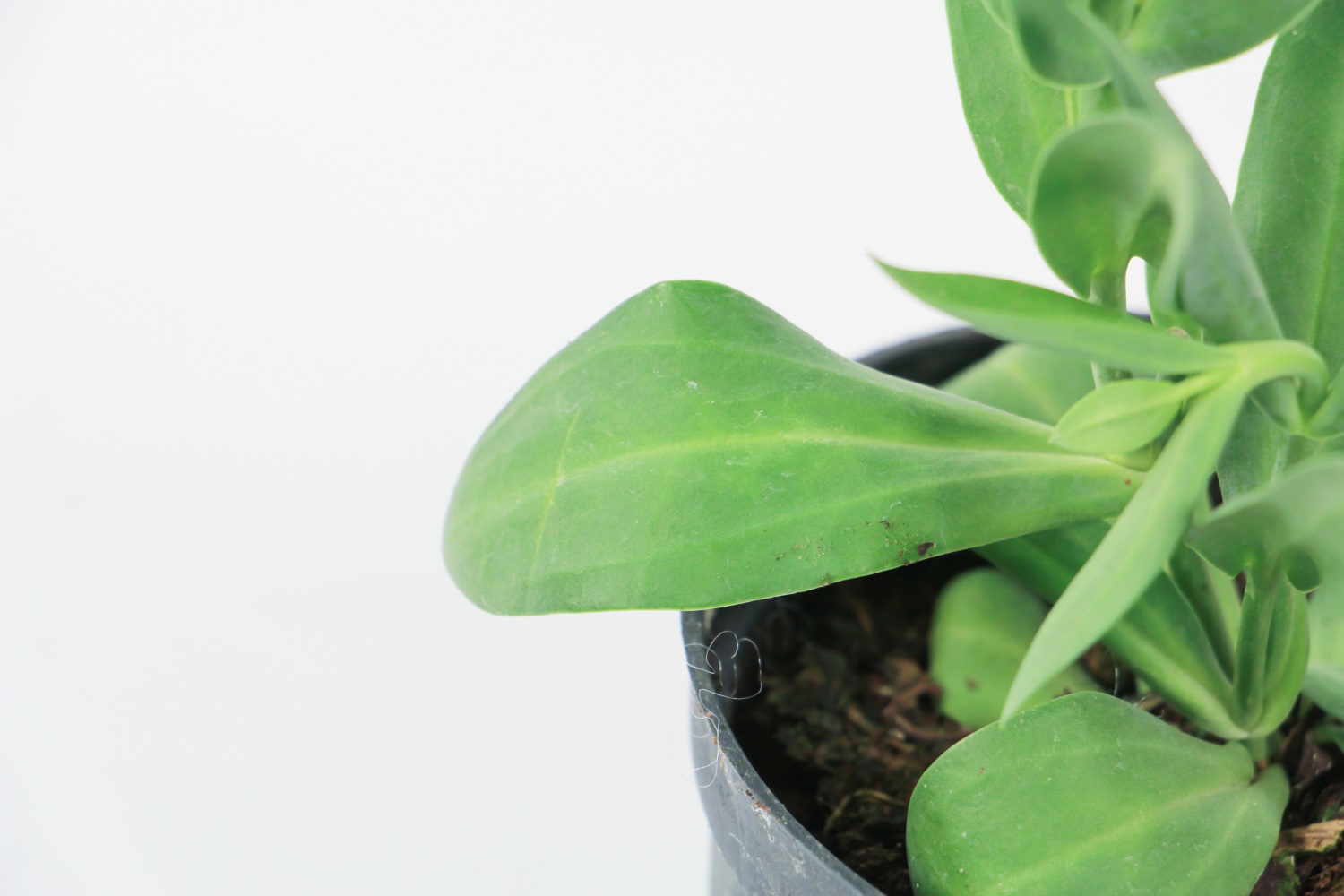
Platycodon grandiflorum cutting: preparation of substrate
The substrate is slightly alkaline, and the pH value is maintained at 6-6.5. Peat can be added with some vermiculite and perlite. After adding some Carbendazim and stirring, the substrate is disinfected to prevent the breeding of bacteria
Before sowing, water the substrate to keep it moist
Platycodon grandiflorum cutting: specific steps
First, insert a small hole in the basin soil with chopsticks or wooden sticks, put the cuttings in, and then compact the basin soil by hand and pour it through
Cover with film or transparent cover, and pierce several holes on it for ventilation
Place the flowerpot in a bright but low temperature place to receive direct sunlight in winter and early spring
After 10 days, the film or plastic cover can be removed, and the cuttings can take root in 3-5 weeks. When the rooting reaches a certain degree, the aboveground part begins to sprout new buds
When the new bud grows a second pair of leaves, it can be transplanted, and normal maintenance can be carried out at this time
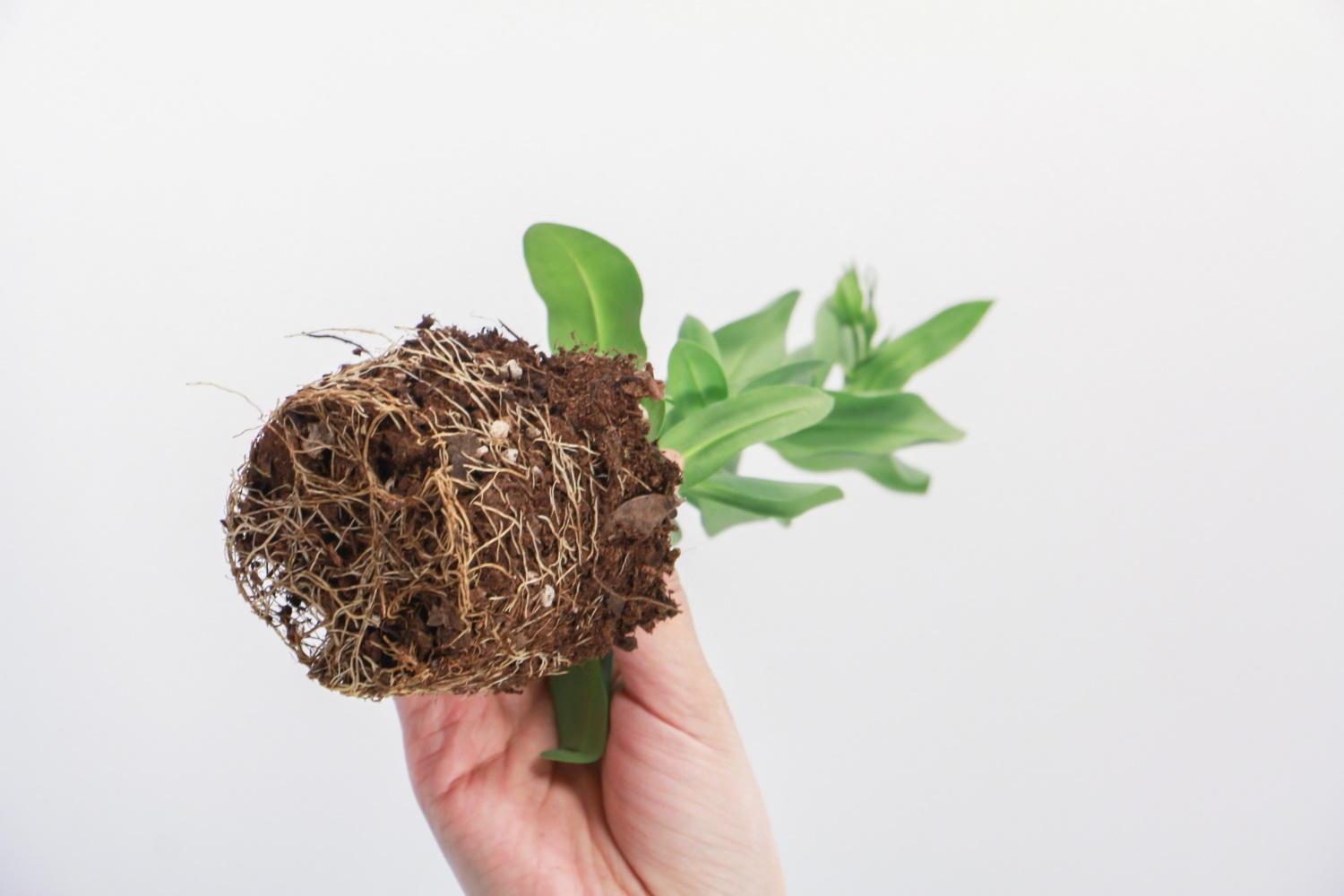

 how many times do yo...
how many times do yo... how many planted tre...
how many planted tre... how many pine trees ...
how many pine trees ... how many pecan trees...
how many pecan trees... how many plants comp...
how many plants comp... how many plants can ...
how many plants can ... how many plants and ...
how many plants and ... how many pepper plan...
how many pepper plan...
